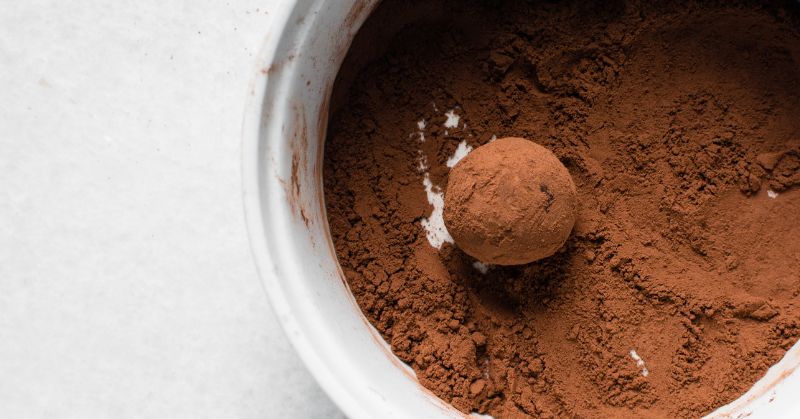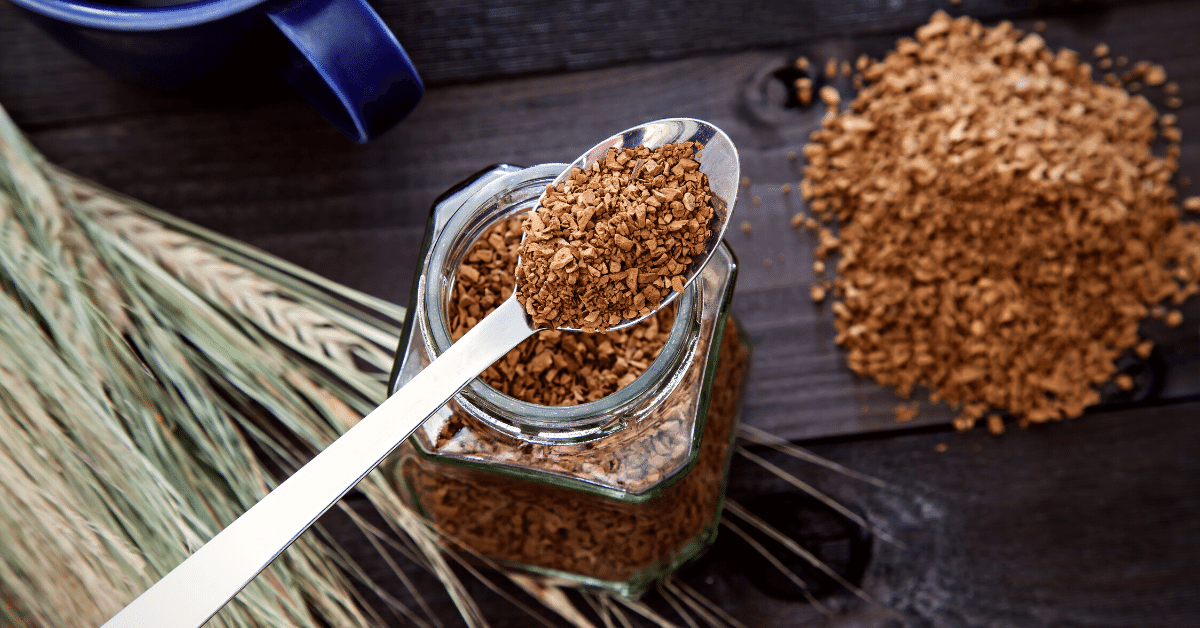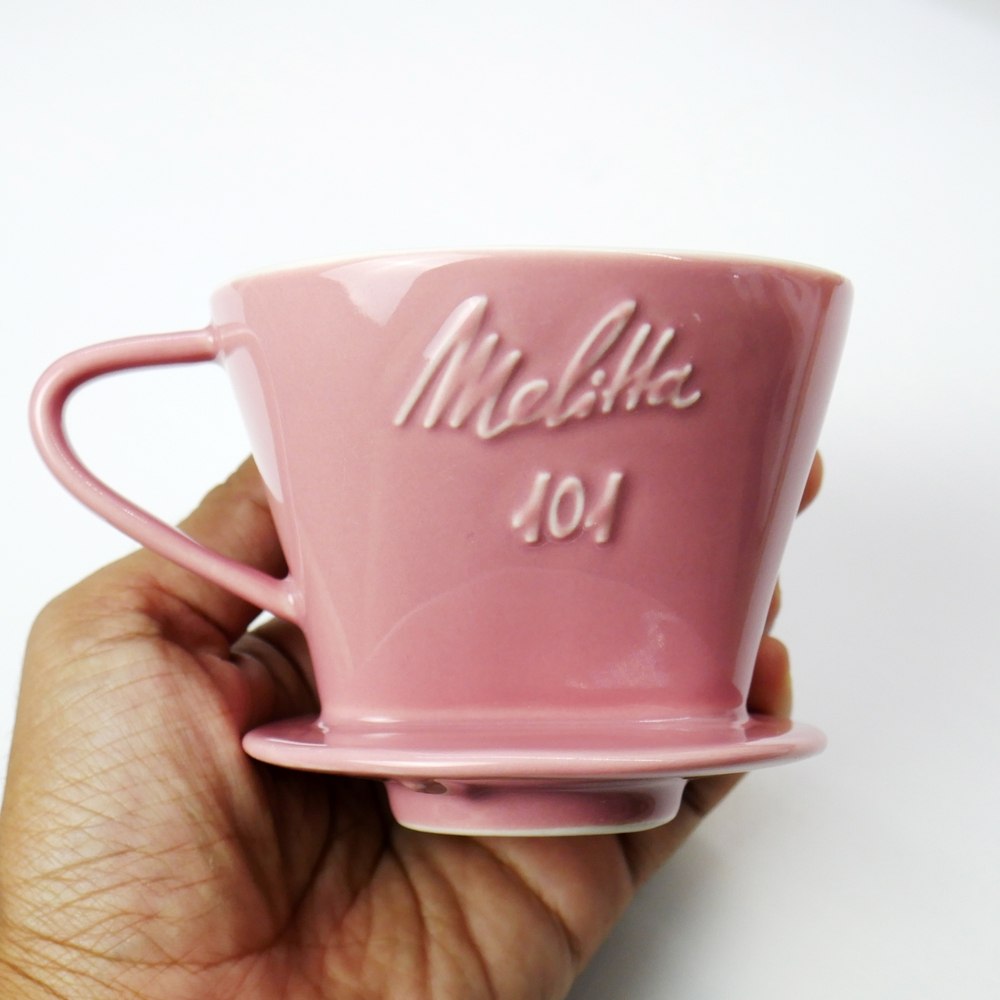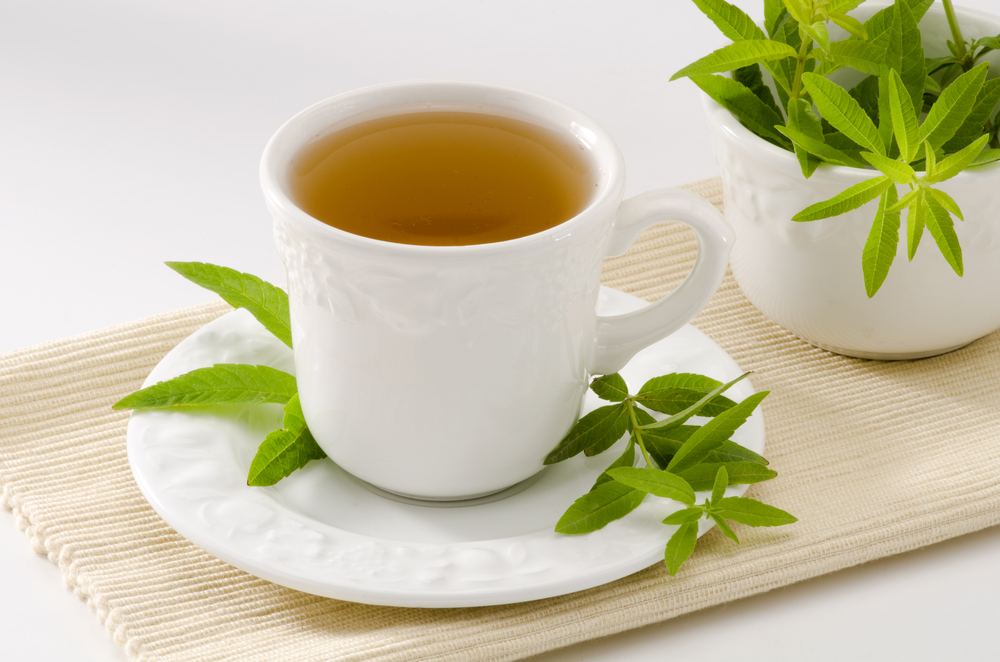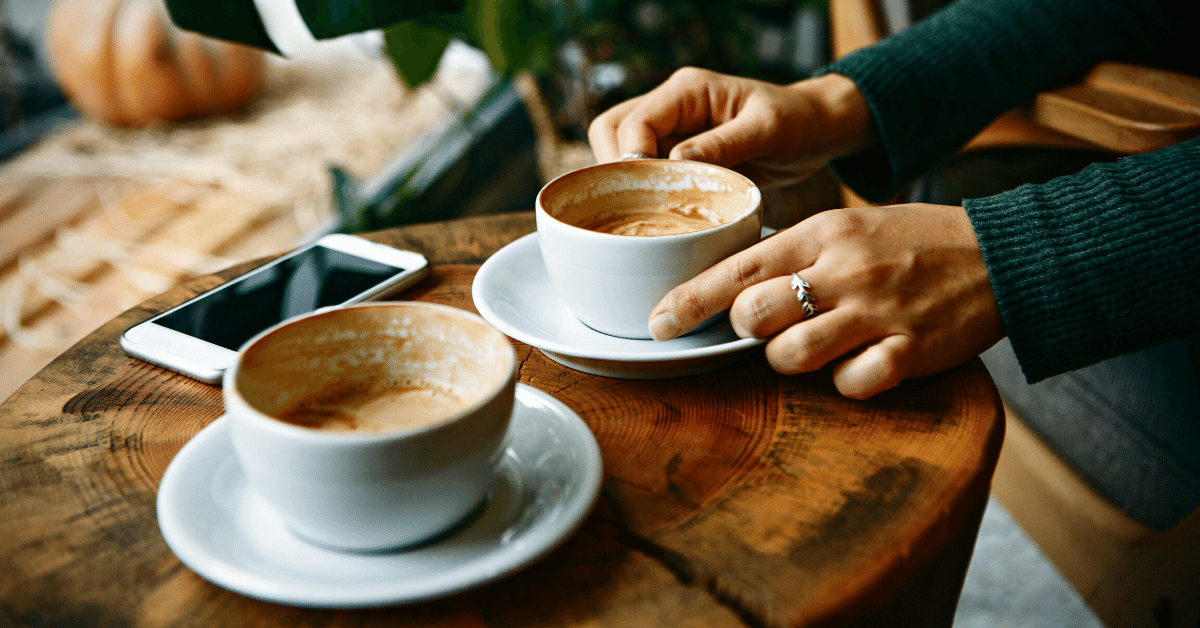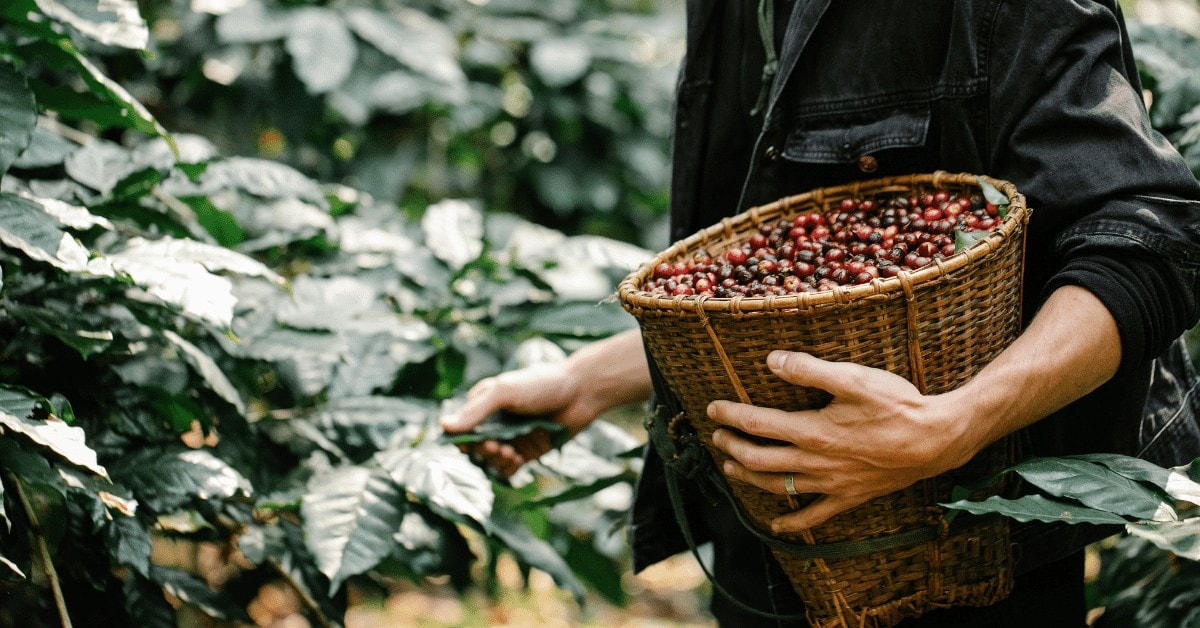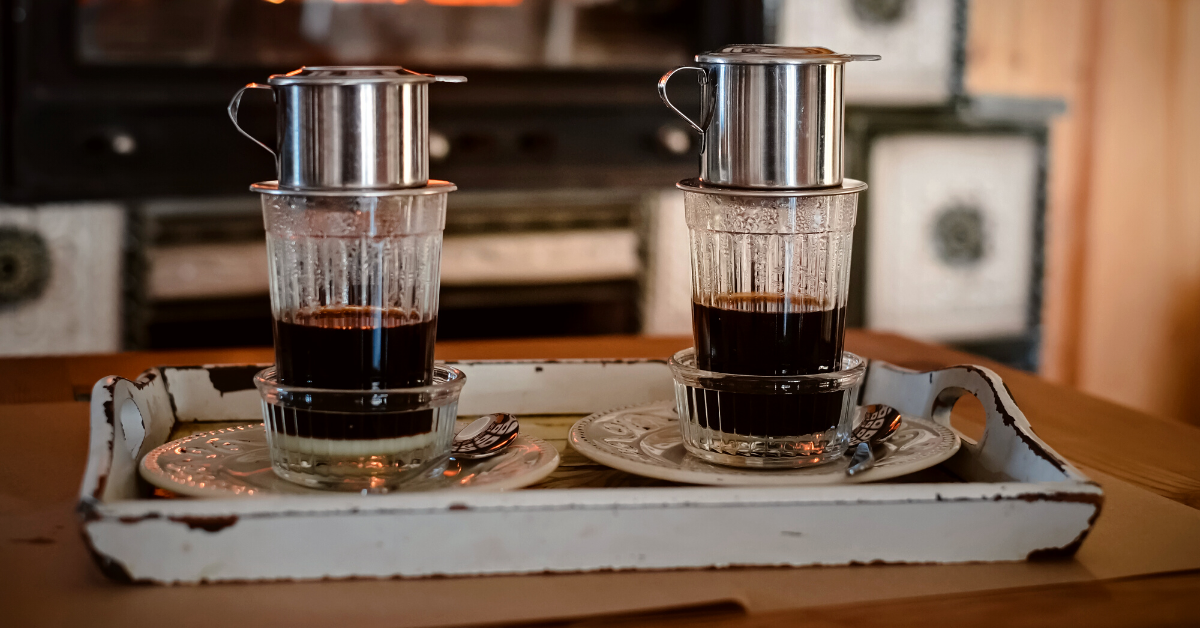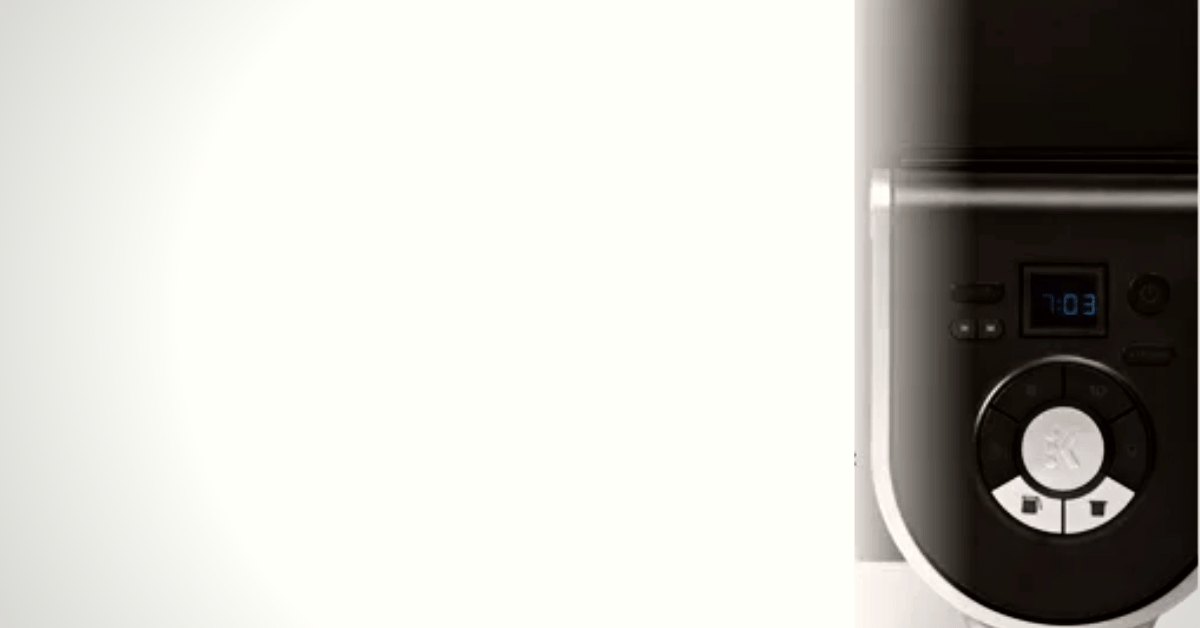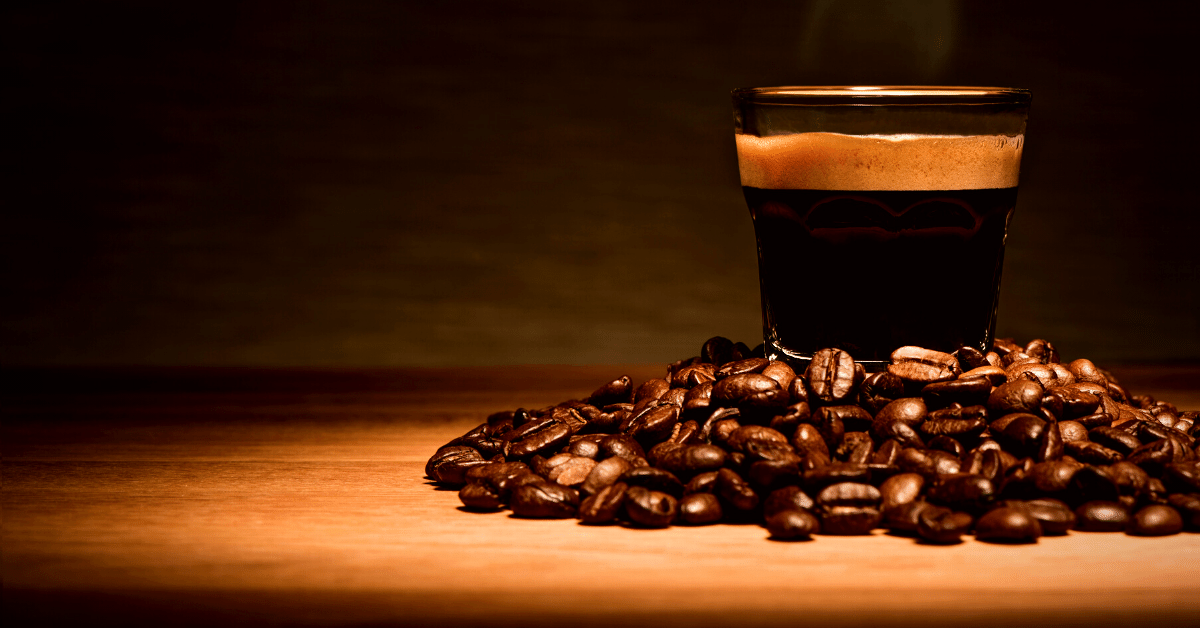Viennese coffee balls are the perfect sweet to represent the city’s coffee culture. In this article, we’ll learn what those are and how to make them.
In Vienna, coffee shops aren’t just places to get one cup to go – they also have a profound cultural and social significance. For centuries, people gathered to discuss social and political issues while sipping coffee and eating confectionery.
You can taste this rich tradition in Viennese coffee balls. These delicacies combine coffee and dessert into a single thing, so they’re perfect for getting into Vienna’s authentic coffee culture.
If you’re interested in the coffee culture of other European countries, check out our article on Bosnian coffee.
Today, we’ll review everything, from the city’s coffee history to preparing and pairing Viennese coffee balls. Let’s dive straight in!
History and Origin
The tradition of Viennese coffeehouses dates back to the end of the 17th century. The first of such kind was established in 1685 by the Armenian spy Johannes Diodato.
A spy? That seems weird, right? Well, not that much once you learn that his coffeehouse didn’t revolve around coffee as much as those who came to drink it and the messages they passed on.
Initially, only men could enter coffeehouses, but that changed in 1856 when they finally admitted women. Throughout this period, coffeehouses became meeting places for intellectuals and artists, who would spend hours discussing political and social situations in the country while sipping on hot Java. Almost four centuries later, Viennese coffeehouses have retained their atmosphere.
When it comes to interior design, they’re roomy with high ceilings, arches, and elegant chandeliers – all in the style of Historicism. Then, they have marble table tops, classic Thonet chairs, and newspaper racks with daily journals from around the world. Sounds cozy? The great thing about coffeehouses is that you can stay as long as you want, even if you ordered only an espresso.
That may also seem weird, as you can’t expect the same from typical coffee shops and restaurants. But coffeehouses were pretty much second homes to Viennese, who mostly lived in tiny, cramped apartments with no space to entertain guests.
Nowadays, they’re still a place where you can meet friends or enjoy quality time alone while still being served with an exemplary sense of attention. When you order coffee, they serve it on a tray with a spoon, sugar, and a glass of cold tap water. And if you stay longer, a server will bring you an additional glass of water without asking for one. Now, that’s a pretty attentive service!
As for the actual menu, be prepared to see some not-so-usual drink names on it. Aside from classic choices like espresso or cappuccino, there are many local varieties:
- Melange – similar to a cappuccino, but made with a lighter roast
- Einspänner – an espresso topped with a tiny bit of whipped cream, served in a cup
- Überstürzter Neumann – similar to Einspänner, but whipped cream comes first
- Kapuziner – a double espresso with a decent serving of whipped cream on top
- Verlängerter – a slightly stronger Americano
Aside from coffeehouses, Vienna takes pride in another element of its cultural heritage – balls. And what’s interesting is that those two combine into a specific event – the Viennese Coffeehouse Owners Ball.
Ernst Weidinger, the club chairman of the Viennese coffee house owners at the time, held the first such ball in 1957. The ball is held annually during the season at the Hofburg Imperial Palace, which has the capacity of a whopping 6,000 guests!
Who are the guests of this ball, you might ask? Well, many regulars are politicians, writers, artists, entrepreneurs, and cultural figures, both local and international. However, the great thing is anyone can attend, as long as you buy a ticket.
The ball is classic, with an explicit dress code you must respect if you want to enter the ball. The event starts with a festive opening and a welcome note by ball organizers. Then, the guests enjoy a couple of performances before joining the ball. The whole event lasts from 9 PM to 4:30 AM.
Ladies receive a little gift at the exit named Damenspende. As you might have guessed, the gift includes items related to the theme, such as a limited edition demitasse, fan, or Viennese coffee balls.
Ingredients and Preparation
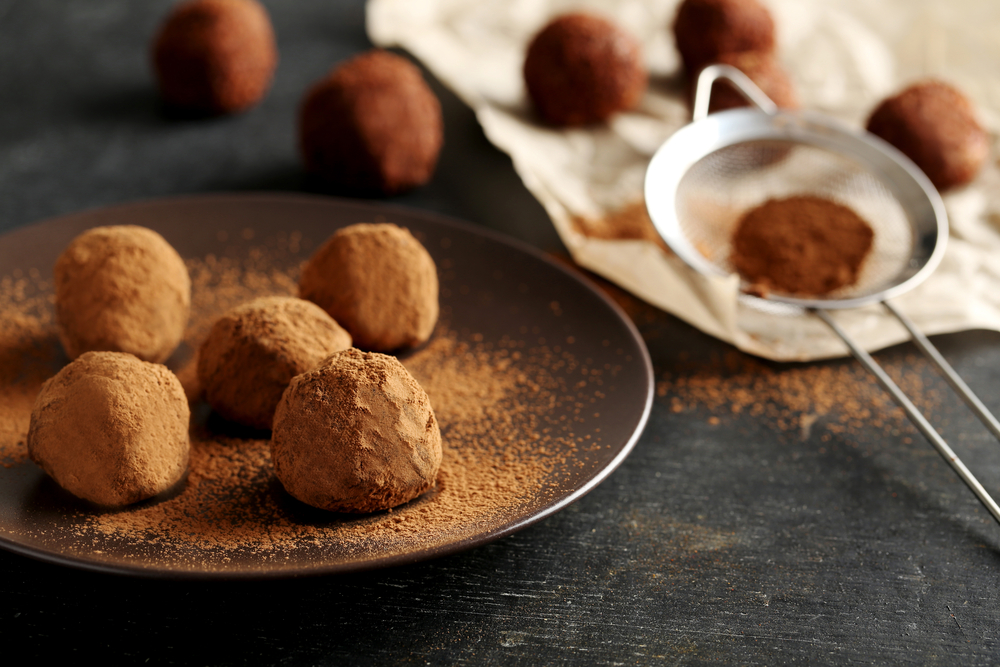
What I love the most about Viennese coffee balls is how simple they are to make at home. And while the ingredient list may seem long, you can find all that in your local grocery store. You’ll need:
- 2 cups shortbread cookies (crushed)
- 1 ¼ cups sifted powdered sugar
- 1 cup nuts (finely chopped)
- 2 tablespoons cocoa powder (unsweetened)
- 1 ½ teaspoons instant coffee crystals or instant espresso powder
- ¾ teaspoons cinnamon (ground)
- 4 to 5 tablespoon brewed espresso
- ½ cup sifted powdered sugar
Alright, here’s the Viennese coffee ball recipe:
- Grab a large mixing bowl and add crushed shortbread cookies, chopped nuts, cocoa powder, instant coffee crystals (or powder), ground cinnamon, and 1 ¼ cup of sifted powdered sugar.
- Add brewed espresso to the mixture to moisten it.
- Use the mixture to make coffee balls – they should be around 1 ¼ inches in diameter.
- Once you get the perfect round shape, roll each coffee ball in the rest of the powdered sugar.
- Place the coffee balls on waxed paper to dry, which should take about one hour.
Of course, you can always tweak the recipe by adding ingredients such as milk, chocolate, coconut, etc. The possibilities are endless!
Taste and Texture
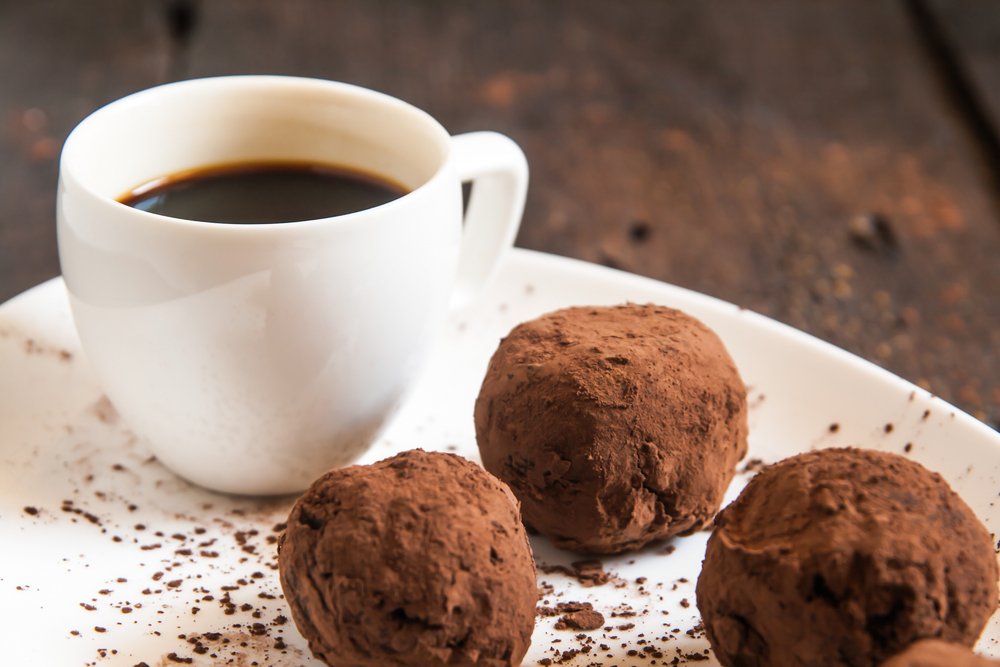
You’re probably wondering what to expect when biting into a Viennese coffee ball. In short – it’s an explosion of flavors that overwhelms your taste buds. The coffee flavor is prominent since you add roughly two shots of espresso—however, the sweetness from cookies and sugar balances out its bitterness.
Truffle-like confectionery is very popular in Vienna, so you can find coffee balls in chocolate shops and coffeehouses around the city. But you’ll surely notice that their texture is slightly different from other truffle desserts.
Viennese coffee balls sit comfortably between being creamy and crunchy. Tiny chunks of cookies and nuts give them a bit of texture, but they melt in your mouth while chewing on them.
And unlike other truffles, Viennese coffee balls don’t have a hard shell made of chocolate or crushed nuts. They’re uniform in texture, and that’s what makes them a single-bite delicacy.
Cultural Significance
The Viennese ball season is the highlight of the Austrian society event calendar. More than 400 balls take place in the capital from January to March, gathering attendees to dance, have fun, and celebrate the city’s culture.
Each ball has a theme, and the Viennese Coffee Ball is no different. And while not every detail about the ball revolves around coffee, the whole event pays homage to our favorite drink. In a way, it transforms the Hofburg Imperial Palace into a festive café with a glamorous program.
With a whole annual event dedicated to Java, it’s no surprise that Viennese cafe culture is considered an “intangible cultural heritage” of Austria. But it’s not just about coffee – desserts are also an essential part of it. In fact, gifting and sharing Viennese Coffee Balls during special occasions is kind of like a tradition. That’s why they’re often included in the little gifts ladies receive at the end of the ball.
Pairing Suggestions
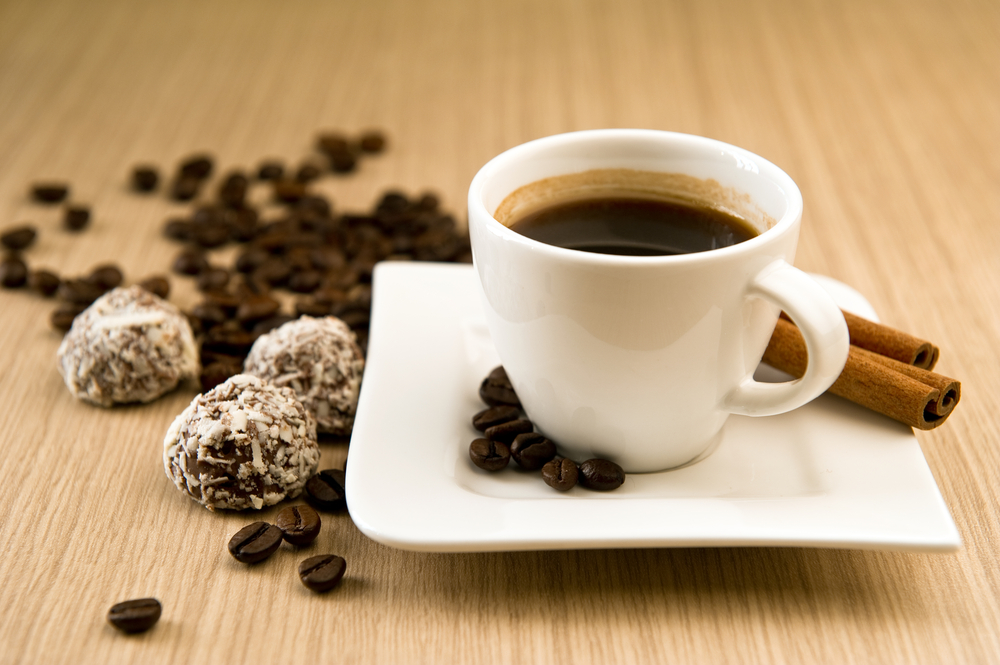
If you want the ultimate Viennese coffeehouse experience, ordering Viennese coffee balls is a must. But what to drink with it? Well, there are many options you can choose.
First, let’s talk about Java. Since they’re espresso-based, Viennese coffee balls have a prominent coffee taste. Pairing them with lighter drinks, such as cappuccino or latte, would be best.
If you’re unsure what’s the difference between these drinks, here’s our article that compares latte vs cappuccino vs macchiato.
But of course, just because you’re in a Viennese coffeehouse doesn’t mean you have to drink coffee. Tea is also a great pairing; you can choose any tea you want. Consider adding milk for a richer mouthfeel.
Why not try something alcoholic? Sweet and dessert-style wines like Port or Moscato Rosa go great with this delicacy. If you’re looking for something stronger, try Brandy or Amaretto.
Finally, you might start craving something sweet again. Not that Viennese coffee balls aren’t sweet, but why not try something else on the list of Vienna culinary delights? Coffeehouses serve a bunch of Austrian desserts. Sacher Torte is pretty much a staple everywhere, and its strong chocolate flavor goes well with any caffeinated drink. Gugelhupf, a dessert similar to Bundt cake, is also a nice pairing with coffee. It’s light enough to eat while sipping on a large latte yet strong enough to satiate your sweet tooth.
Viennese Coffee Balls Recipe
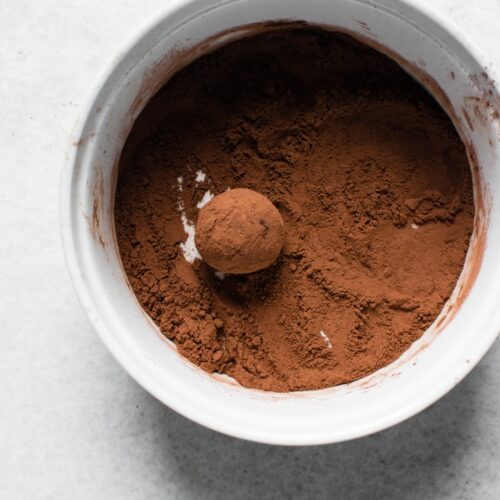
Viennese Coffee Balls Recipe
Equipment
- Bowl
Ingredients
- 2 cups shortbread cookies (crushed)
- 1 ¼ cups sifted powdered sugar
- 1 cup nuts (finely chopped)
- 2 tbsp cocoa powder (unsweetened)
- 1 ½ tbsp instant coffee crystals or instant espresso powder
- ¾ tbsp cinnamon (ground)
- 4-5 tbsp brewed espresso
- ½ cup sifted powdered sugar
Instructions
- Add crushed shortbread cookies, chopped nuts, cocoa powder, instant coffee crystals (or powder), ground cinnamon, and 1 ¼ cup of sifted powdered sugar to a mixing bowl.
- Add brewed espresso to the mixture to moisten it.
- Use the mixture to make coffee balls around 1 ¼ inches in diameter.
- Once you get the perfect round shape, roll each coffee ball in the rest of the powdered sugar.
- Place the coffee balls on waxed paper to dry, which should take about one hour.
Final Thoughts on Viennese Coffee Balls
If you’re passing through Vienna, getting a taste of the Viennese coffee balls is a must, as they perfectly encapsulate Viennese coffee culture into a simple dessert.
Of course, you don’t need to be in Vienna to enjoy these classic treats. The recipe is simple, and ingredients are widely available, so you can make them at home without a problem.
As a coffee lover, you absolutely must try Viennese coffee balls. And when you do, we can’t wait to hear your experience in the comments. Just make sure to tag it with #VienneseCoffeeBallAdventure.
Need recommendations on what to drink with Viennese coffee balls? Here’s our article on different types of lattes you can try.

